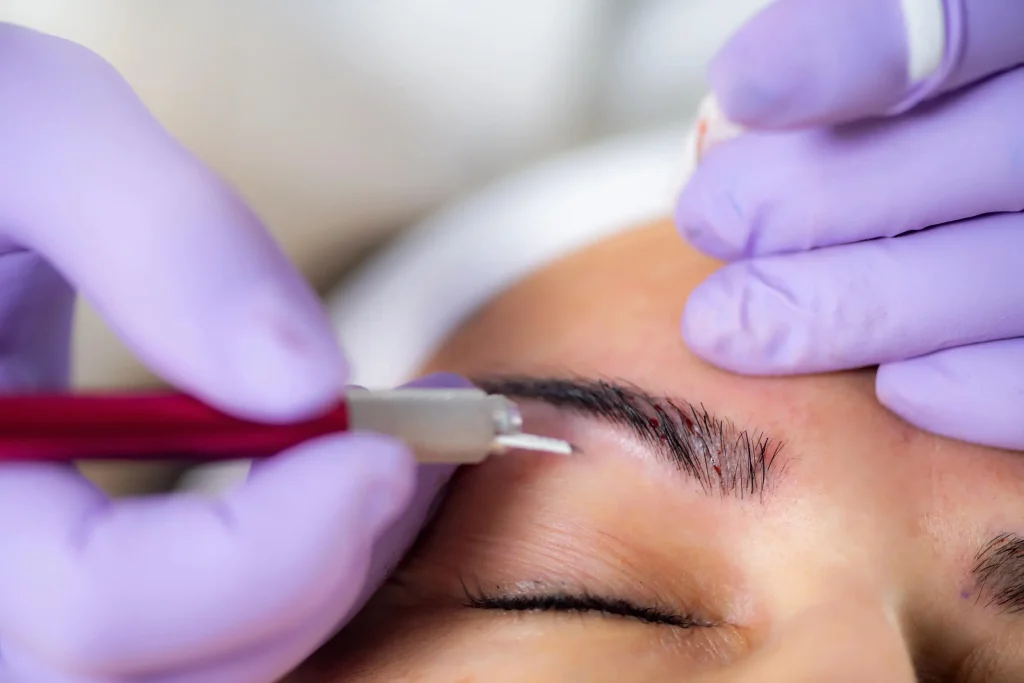- +52 (552) 304-7520
- +52 (998) 303-0906
- info@eliteclinicalconcierge.com




Microblading is a semi-permanent cosmetic tattooing technique used to enhance the appearance of eyebrows. It involves using a handheld tool with fine needles to create thin, hair-like strokes on the skin, depositing pigment into the upper layers of the dermis. This creates a natural-looking, fuller eyebrow appearance that can last anywhere from one to three years, depending on factors such as skin type, lifestyle, and aftercare.
The process of microblading typically involves the following steps:
The process begins with a consultation with a trained and certified microblading technician. During this consultation, the technician assesses the client’s eyebrows, discusses their desired brow shape and color, and explains the microblading process, including potential risks and aftercare instructions.
The technician will use a pencil to outline and shape the desired eyebrow shape, taking into account the client’s facial features and preferences. The client will have the opportunity to review and approve the proposed design before the microblading procedure begins.
Topical numbing cream is applied to the eyebrow area to minimize discomfort during the microblading procedure.
Using a handheld microblading tool with fine needles, the technician carefully creates hair-like strokes in the brow area, following the natural direction of hair growth.Pigment is deposited into the skin with each stroke, resulting in natural-looking, fuller brows.
Once the microblading is complete, the technician applies pigment to the eyebrows, allowing it to absorb into the skin for a few minutes.
The client will receive aftercare instructions, which typically include keeping the eyebrow area clean and dry, avoiding sun exposure, and refraining from picking or scratching the treated area while it heals.